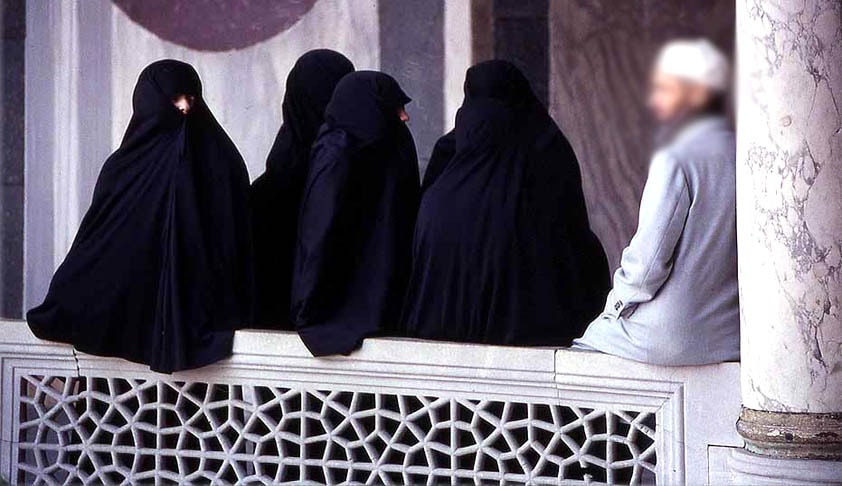Multiple Marriages In Muslims : Has The Time Arrive to Stop This Practice?
With the election of Yogi Adityanath as the new CM of Uttar Pradesh, the rumor mills simply can’t stop churning. Though it is certain that women in burqa have been a major reason of triumph of BJP, the question arises is when the Uniform Civil Code come in action. Is it the time to think seriously about implementing Uniform Civil Code has come in India? Or would this lead to some sort of riots owing to the result of recent elections? However in order to clear the airs, I would to mention the ruling of Gujrat High Court in 2015. The debate is not over a religion and its practices, but about the misinterpretation of Quran and its consequences. This question has come in focus after Gujarat High Court has given a ruling in one such case and the debate on Muslim personal law has thereafter begun.
Earlier too, the Supreme Court has raised its objections on polygamy and the provision of saying “talaq” thrice in order to get divorced among the Muslim community. The Gujarat high court in strict words had said that the time to end the provision of multiple marriages has come and that an intense debate on Uniform civil code needs to be started soon.

Initiation of Multiple Marriages Among Muslims
There has been lot of controversy on the provision of four marriages in Muslim community. It is indeed true that Muslims do marry four women at a time but this cannot be considered to be right in true earnest.
Even the Holy Quran states that a Muslim man can have four wives only on a condition when he can provide ample justice and equality to four of them. The times when this custom came into being were different. It was initiated to protect the honour of Muslim women at that time.
However in the changed scenario, today this provision is more towards establishing superiority of men and cannot be considered as a viable option.

Change Over The Time in Other Religions
It is not as if the provision of multiple marriages has existed only among Muslims. This was common among Hindus, Christians and Jain community in earlier days. The other communities including Hindus have been more open and have discussed the provisions of Sati pratha and child marriages with open mind to reform.
Earlier the trend of multiple marriages was overwhelming among Hindus. In the 1961 census the trend of multiple marriages among Hindus was more than Muslims. The same trend prevailed in 1974 when the percentage of multiple marriages in Muslims was found to be 5.6% and that in Hindus was 5.8%. However, a sharp downfall in this trend was evident by 2006.

The report of National Family Health Survey for 2006 points that the trend of multiple marriages among Hindus has reduced to 1.6% while the case in Muslims is 2.5% which is a bit on the higher side.
In most of the cases, the reason was the inability of the woman to bear a child or not being able to give birth to a male child. This also reflects the perception that most people still have towards child equality.
Though the Indian Penal Code considers the act of remarrying on the pretext of woman not bearing a male child in section- 494 as a crime, the same does not apply to the Muslim community.

Earlier too in hushed tones the demand for implementing uniform civil code has been raised; but has always been shelved citing religious implications.
However, time has indeed come to reflect on the same.

